How to make self rising flour
Self rising flour is a blend of leavening agents, all purpose flour and salt and is easy to make yourself–no need to keep both kinds of flour at home! Learn how to make it yourself and simplify everything you bake.
Jump to Recipe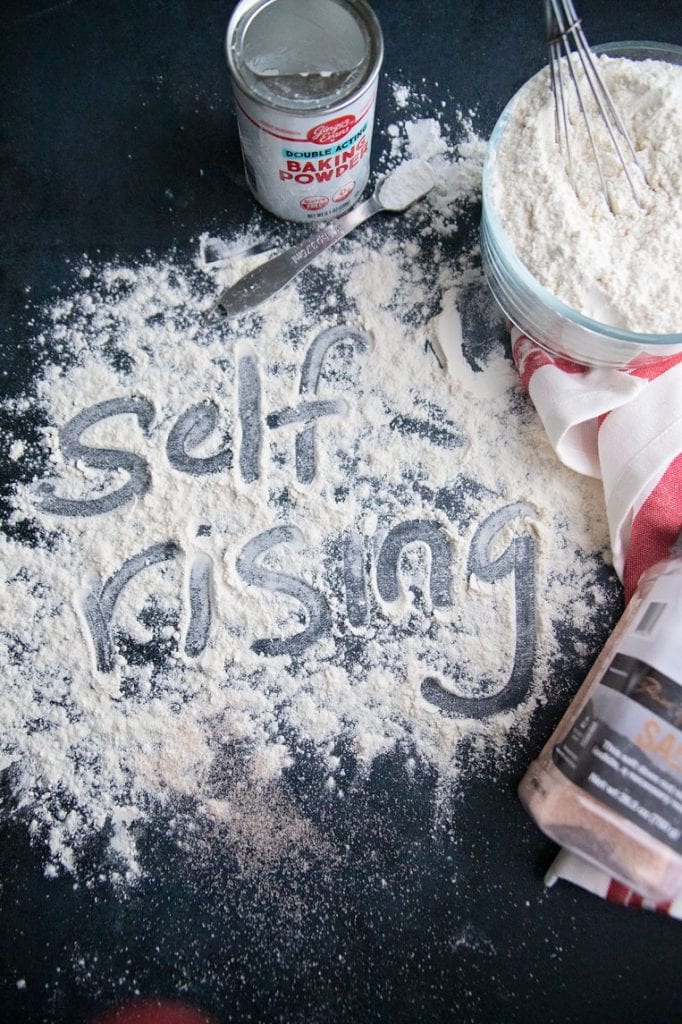
Every southern recipe on the planet seems to call for self rising flour. I use it in my Italian Cream Cake, in my all butter biscuits, no knead dinner rolls, and even a version of it blended with cornmeal in my classic cornbread.
And people yell at me about it.
They rage at me for using it.
They complain that they can’t find it.
So let’s just learn to make it and clear up this whole mess. It couldn’t be easier and you probably have everything you need on hand.
What’s the difference between all purpose and self rising flour?
All purpose flour and self rising flour start with the same wheat flour. Self rising has leavening (baking powder) and salt added so that when a liquid is added, the dough will rise without additional ingredients. All purpose flour does not have any baking powder or salt and will not rise on its own.
Can you substitute all purpose flour for self rising?
Not if you don’t want to eat a brick. You can certainly add leavening agents to all purpose and it’s good to go but without adding baking powder in first you’ll have disastrous results.
How do you make self rising flour?
To make self rising flour, add 1 1/2 teaspoons baking powder and 1/4 teaspoon sea salt or table salt to every 1 cup of flour. Using kosher salt is fine but the granules are large and I find that they don’t dissolve easily in some recipes and they need to be measured differently based on brand. I find that too fiddly and just recommend fine sea salt or table salt for easier use.

One tip for the best rise
Make sure your baking powder is fresh. If it’s been hanging out in your cabinet for longer than 6 months opened, use a fresh container to make your self rising flour. Likewise, if you make a big batch and don’t use it your leavening agent can easily go bad–leaving your baked goods flat and dense and you scratching your head. Keep it fresh and you’ll be just fine.
You can test your baking powder’s freshness by using this test from David Lebovitz.
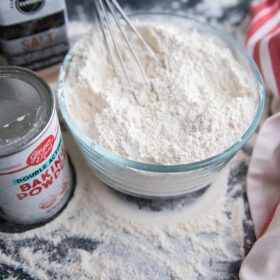
How to make self rising flour
Ingredients
- 1 cup all purpose flour
- 1 1/2 teaspoons baking powder
- 1/4 teaspoon salt table salt or fine sea salt
Instructions
- Mix all ingredients together in a bowl and use as directed in any recipe that calls for self rising flour.
- Feel free to double, quadruple or multiply as needed for recipes.



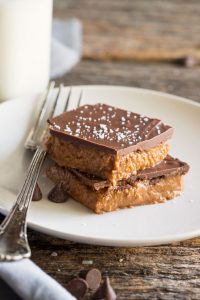

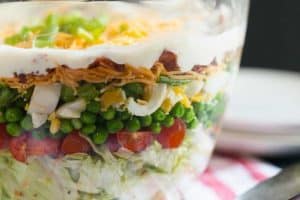
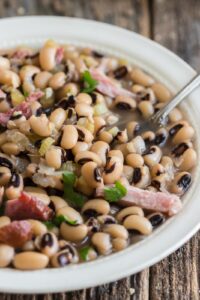
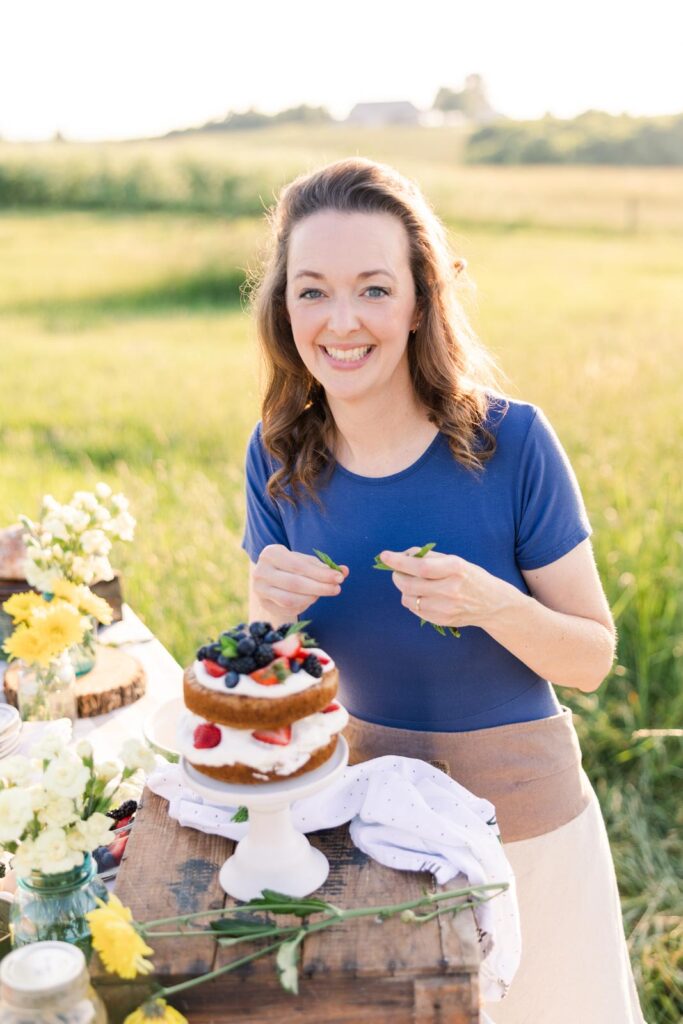
Yelling? Rage? Lol. I guess I haven’t explored enough of your recipes, because I’ve never ran across one that specified only self-rising flour… If I did, I’m sure it would be easy enough to search out… ?
Haha yes there has been both yelling and rage over my use of self rising flour Curtis. You’ll find it in several cakes on this blog, some cookies and an assortment of other recipes. And yes, a search would give people all the answers but they’d rather fuss at me. –Rachel